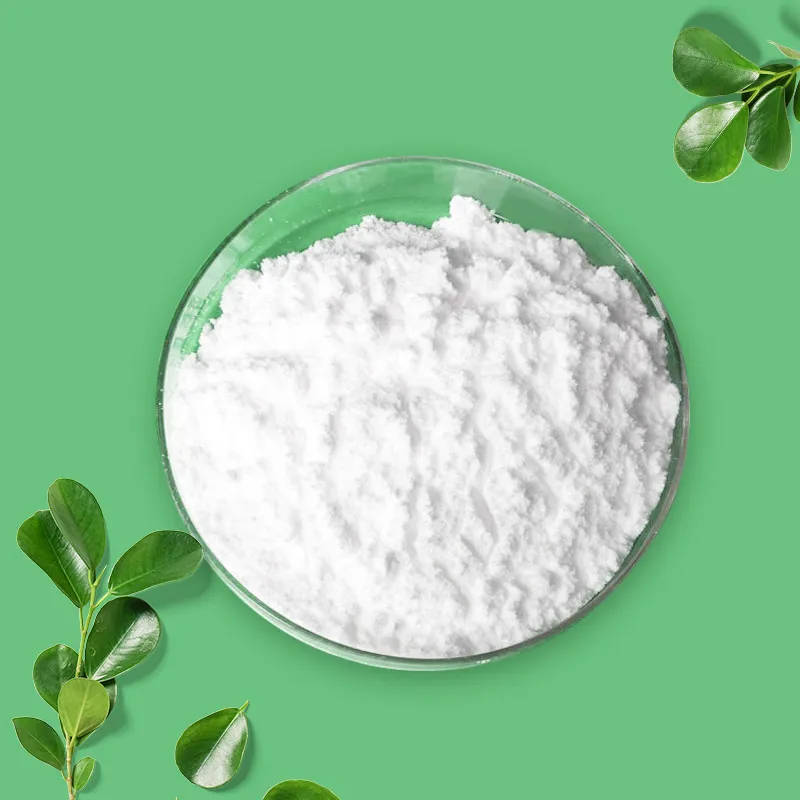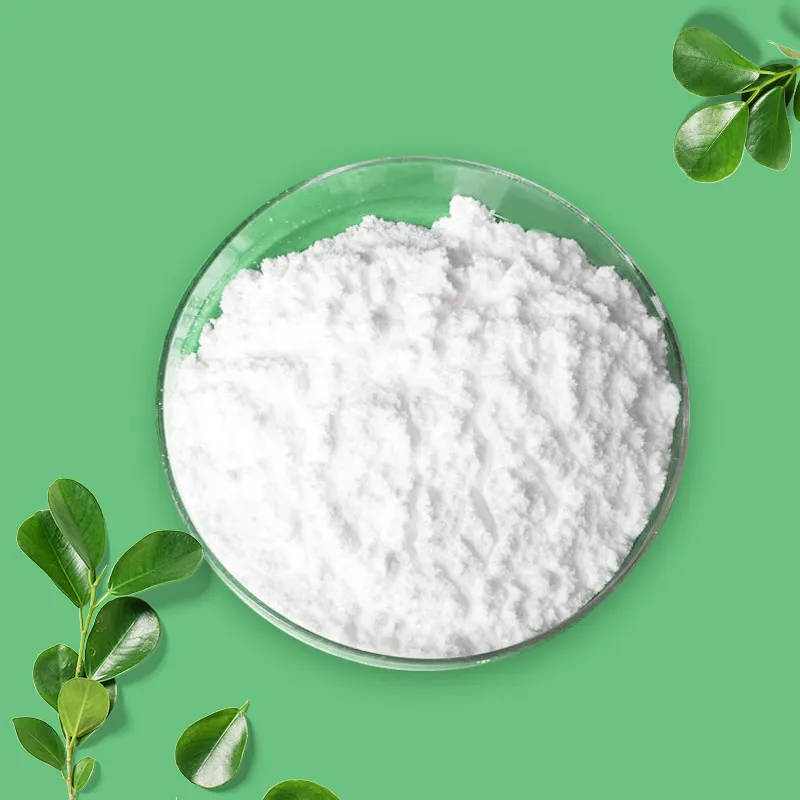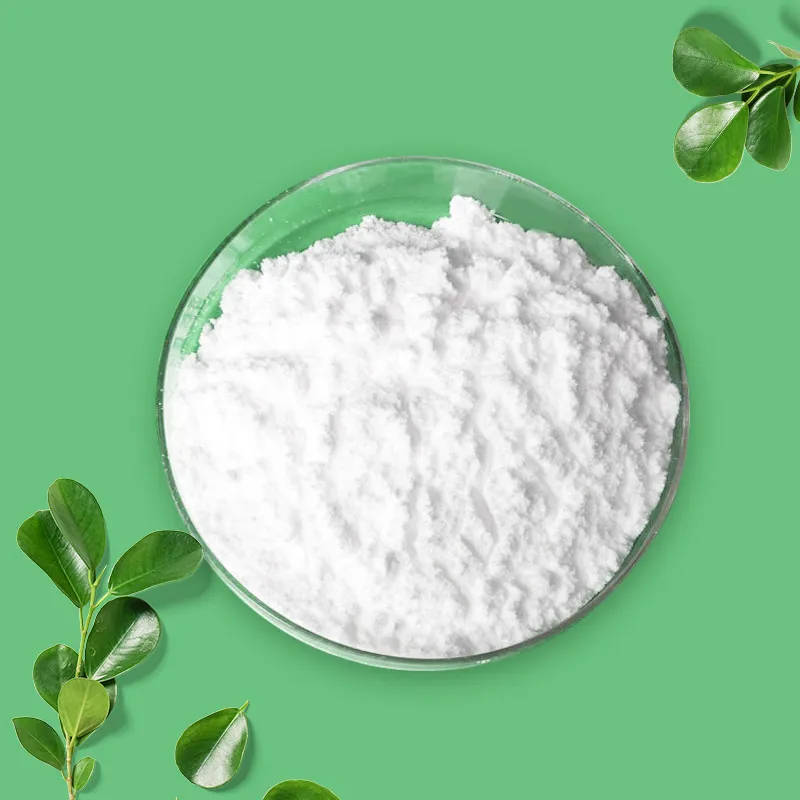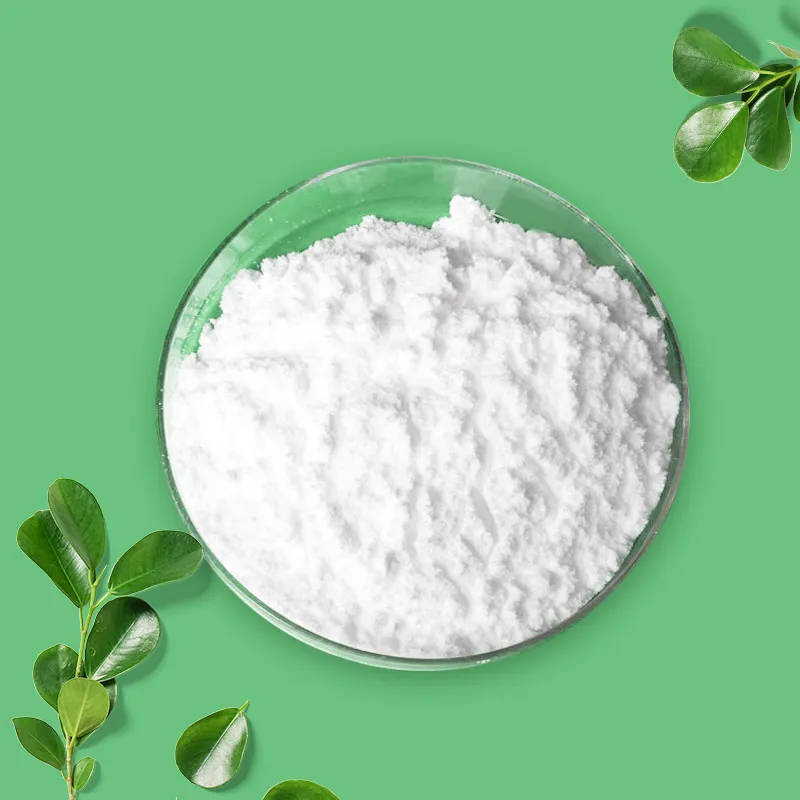Potassium Phosphates

Monopotassium Phosphate
Monopotassium Phosphate, Monobasic, occurs as colorless crystals or as a white, granular or crystalline powder. It is stable in air. It is freely soluble in water, but is insoluble in alcohol. The pH of a 1:100 aqueous solution is between 4.2 and 4.7.

Dipotassium Phosphate
Dipotassium Phosphate, Dibasic, occurs as a colorless or white, granular salt that is deliquescent when exposed to moist air. One gram is soluble in about 3 mL of water. It is insoluble in alcohol. The pH of a 1% solution is about 9.

Tripotassium Phosphate
Tripotassium Phosphate, Tribasic, occurs as white, hygroscopic crystals or granules. It is anhydrous or may contain one molecule of water of hydration. It is freely soluble in water, but is insoluble in alcohol. The pH of a 1:100 aqueous solution is about 11.5.

Tetrapotassium Pyrophosphate
Tetrapotassium Pyrophosphate occurs as colorless or white crystals or as a white, crystalline or granular powder. It is hygroscopic. It is very soluble in water, but is insoluble in alcohol. The pH of a 1:100 aqueous solution is about 10.5.

Potassium Metaphosphate
Potassium Metaphosphate occurs as a white powder. It is a straight-chain polyphosphate having a high degree of polymerization. It is insoluble in water, but is soluble in dilute solutions of sodium salts.

Potassium Tripolyphosphate
Potassium Tripolyphosphate occurs as white granules or as a white powder. It is hygroscopic and is very soluble in water. The pH of a 1:100 aqueous solution is between 9.2 and 10.1.



